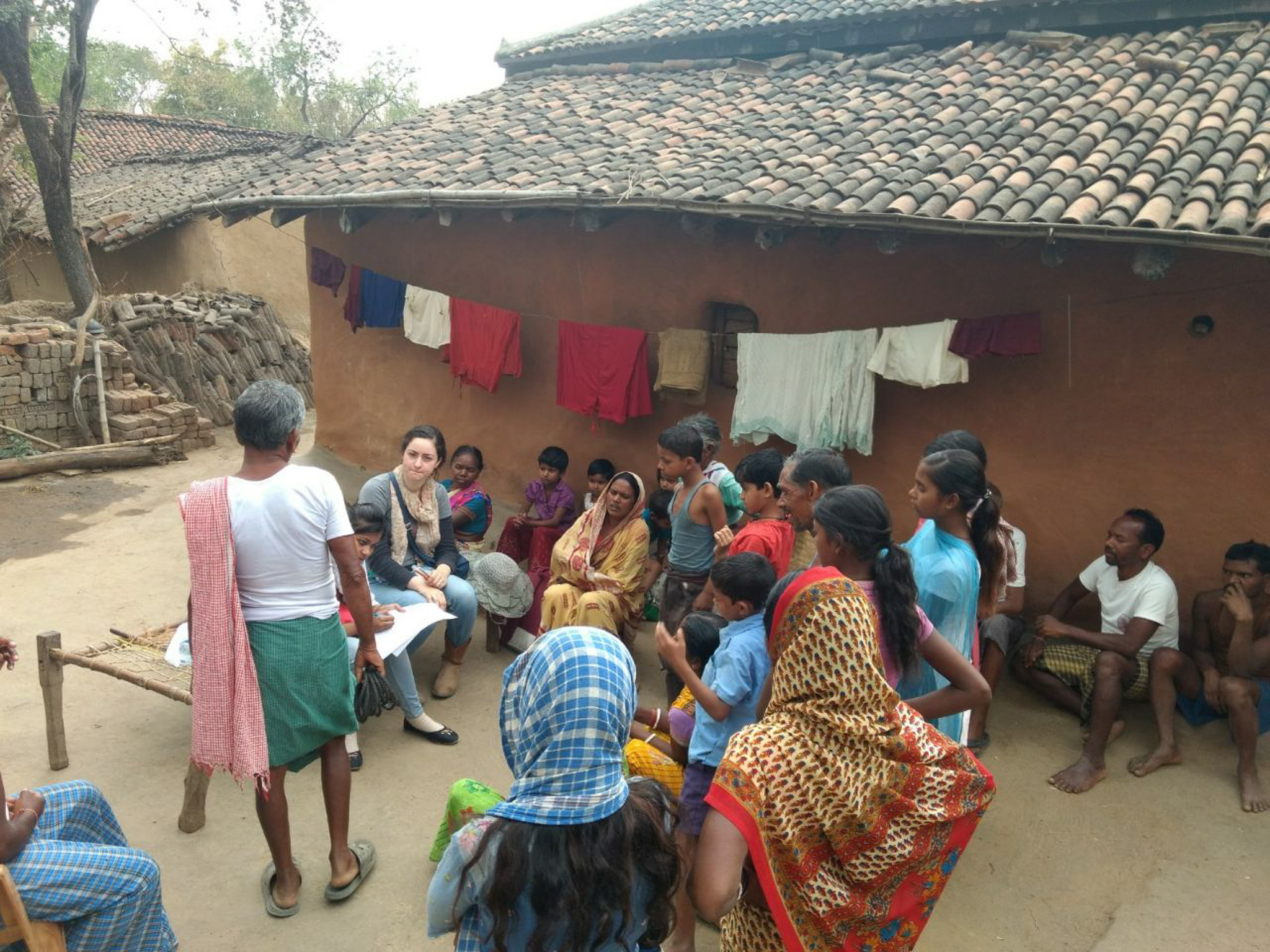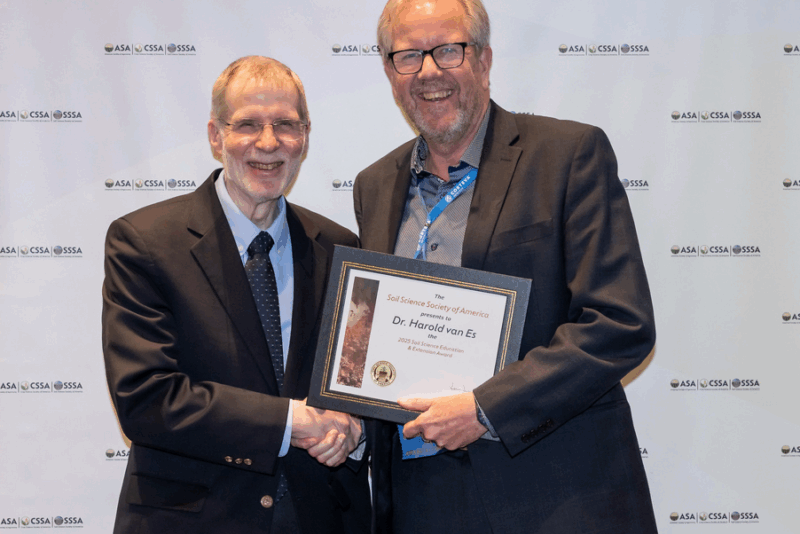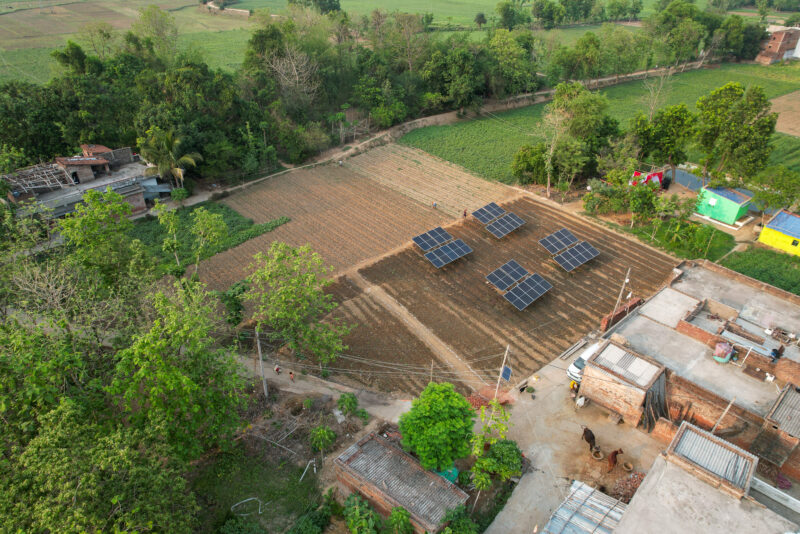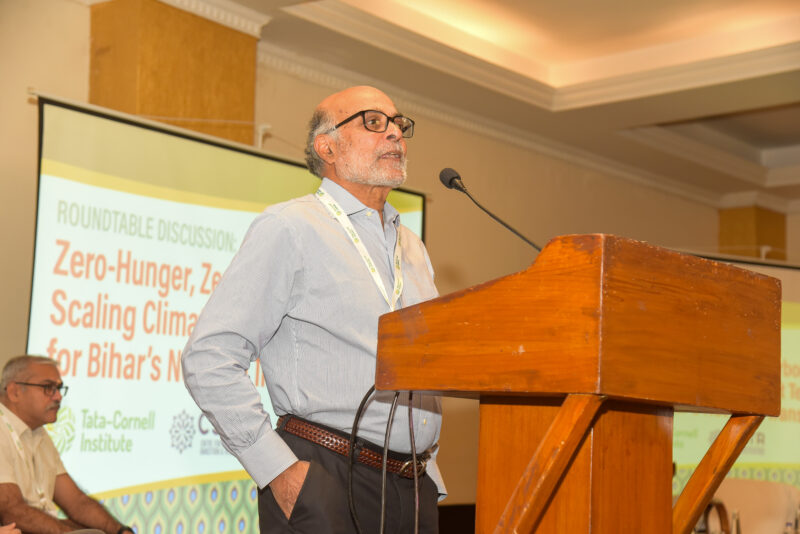Study Reveals Complex Links Between Soil and Human Health

Nutrition doesn’t depend only on the type of food you eat. It is influenced by a complex network of factors, including soil, according to new research from the Tata-Cornell Institute for Agriculture and Nutrition (TCI).
In a study published in the journal Frontiers in Soil Science, TCI alumna Fatma Rekik and faculty fellow Harold van Es analyzed soil, rice, and human hair samples from eastern India, revealing complex and indirect linkages between soil properties, cooking methods, water sources and mineral nutrition in humans.
“Soil marks the foundation of terrestrial life, and for humans, it is the source of the nutrients we intake,” Rekik said. “This research suggests that good soil health, in its physical, biological, and chemical dimensions, is indispensable for good human nutrition, but that the latter is confounded by myriad external factors such as age and farming, processing, and cooking practices.”
Rekik and van Es used 43 soil and rice samples and 35 human hair samples from 43 rice fields and their associated households. The study was carried out among women in rural tribal communities of Jharkhand, a state with highly nutrient-deficient soil where women practice subsistence farming, consuming only locally grown crops.

Fatma Rekik conducted field research in rural Jharkhand as part of her research. (Photo courtesy of Fatma Rekik)
The analysis showed that soil and human mineral nutrition are connected. For example, human zinc levels were positively influenced by soil iron and cadmium levels, but negatively influenced by soil subsurface hardness and soil sodium and potassium levels. Regarding subsurface hardness, Rekik and van Es suggested that limited root growth could impede zinc uptake by plants, which diminishes the supply available to human consumers.
The study also found that wet aggregate stability and soil protein were the strongest positive drivers of calcium levels in humans. Wet aggregate stability is a measure of the extent to which soil aggregates resist falling apart when hit by raindrops and wetted, while protein content is a measure of organic nitrogen in the soil
The research also revealed that the association between soil and human health is complicated by other factors, including cooking methods and type of rice. For example, improved rice varieties were positively correlated with high zinc levels, while traditional varieties were negatively correlated with calcium levels. The boil-and-drain rice cooking method was found to be linked to low levels of the essential mineral iron and high levels of cadmium, which is toxic to humans.
Despite the study being carried out in a subsistence farming environment where food was sourced locally, it was difficult for the researchers to establish consistent connections between soil health, food quality, and human health. The micronutrient status of soils, plants, and humans varies significantly over space. Rekik and van Es emphasized that human nutrition is more complex than the nutritional profile of the crops ingested, and it is necessary to explore associations with sociodemographic and other factors when studying the soil-human health pathway.
“Soil-to-human linkages are incredibly complex and understanding their causational relations ought to include the study of such external factors,” Rekik said.
Featured image: A woman tends to a field of rice in India. (Photo by Nandhu Kumar on Unsplash)





